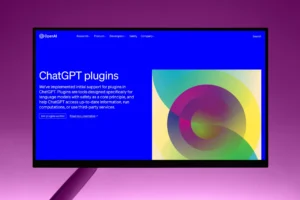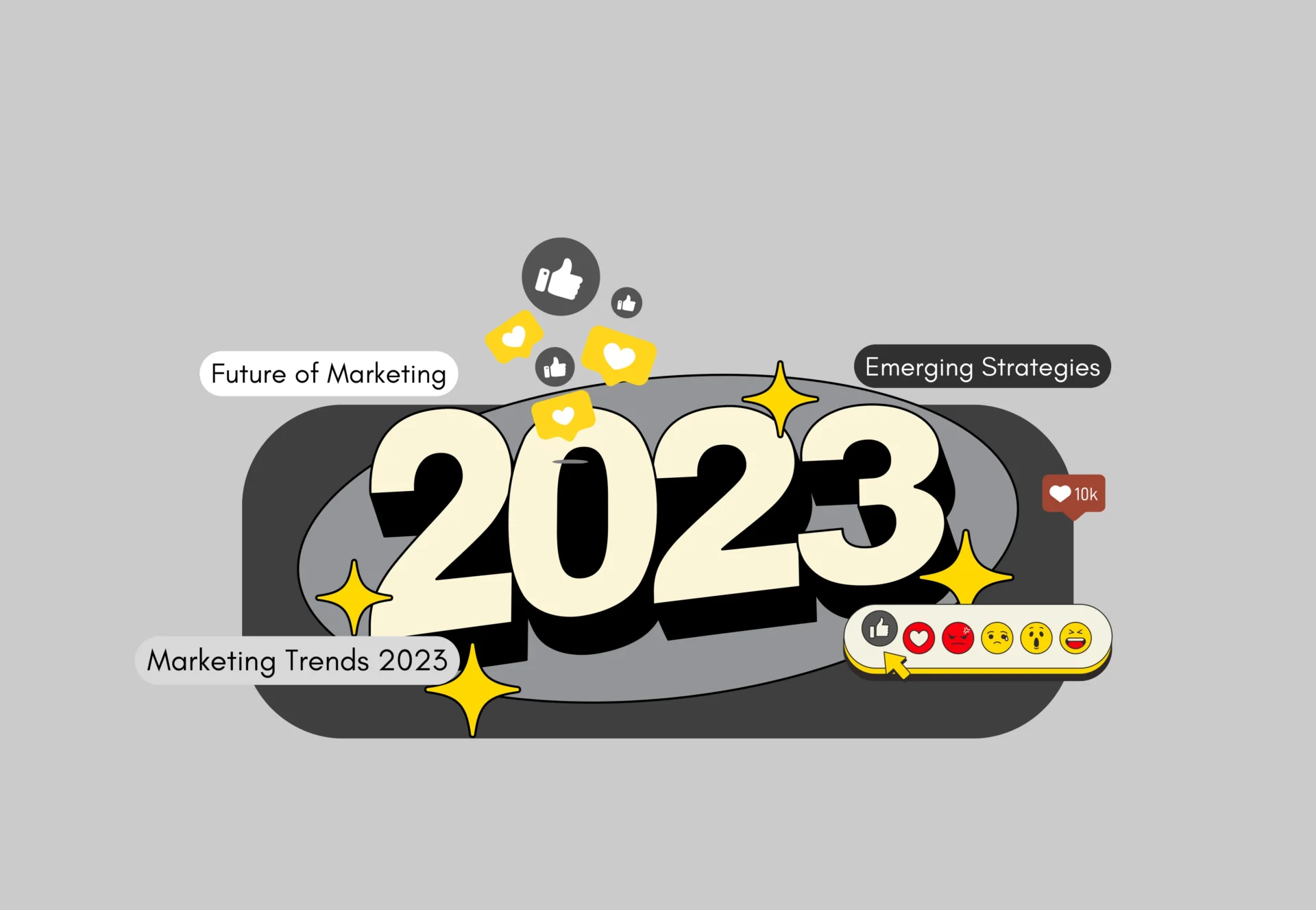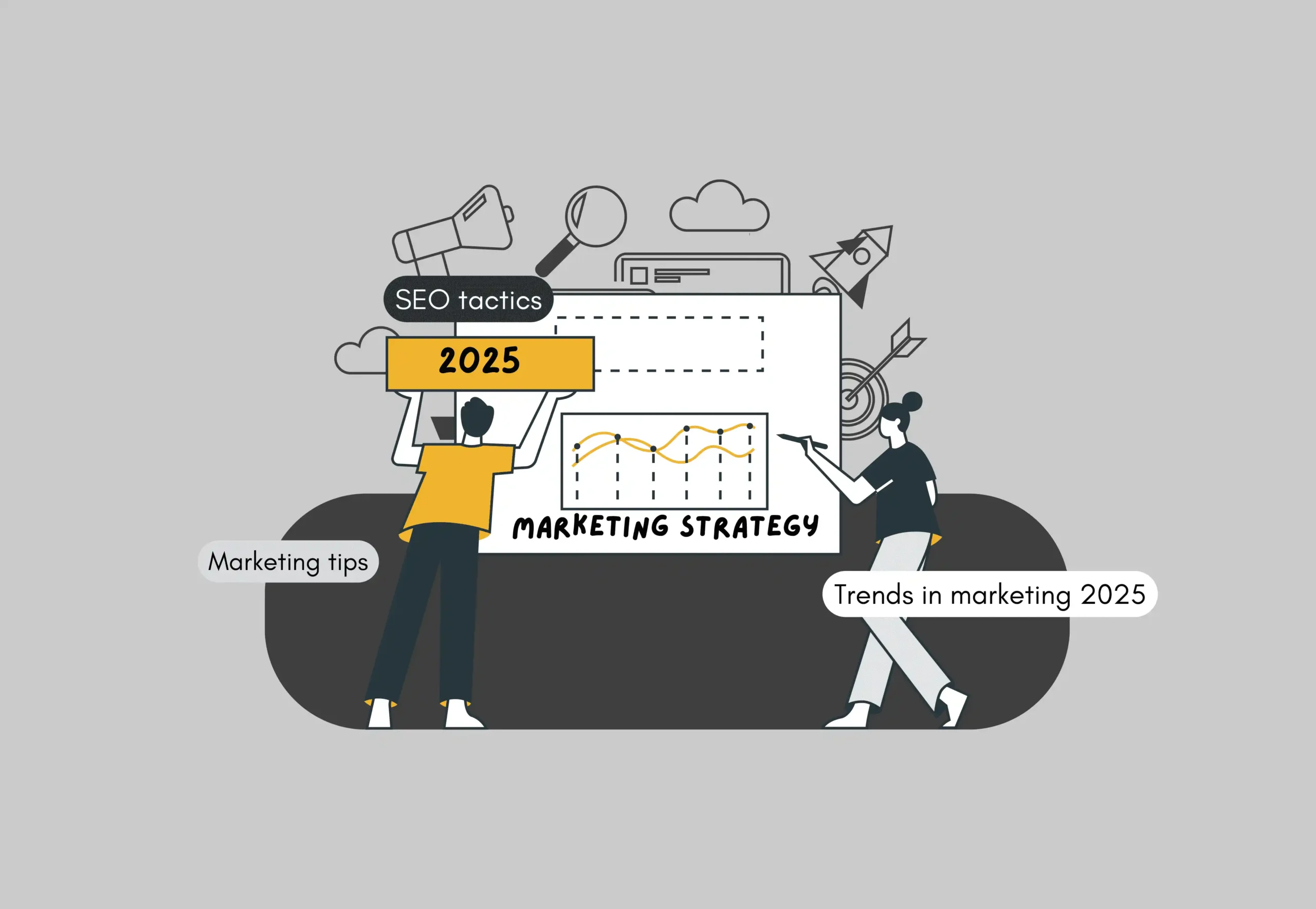While the world is still recovering from the shocks of the covid-19 pandemic, there are talks of the economic recession. Amidst this global cost of living crisis, people have become more selective about the commodities and services they buy.
So marketers need to be more transparent about their approach in by inducting the latest marketing trends. It also means they incorporate the latest marketing trends in their business strategy to stay relevant in today’s marketplace and take advantage of the new developments.
After all, a well-informed marketing strategy is a driving force behind a successful business. Here we have identified some most important marketing trends to help you kick 2023 off with a bang.
Influencer Partnerships Will Grow
Global influencer marketing has seen an abrupt annual growth of 18.8% from $13.8 to $14.4 billion. So influencer marketing will prove to be one of the best marketing trends in 2023. However, we will see more content creators than influencers in the years ahead.
The main difference between the two is that content creators focus on creating original content. And influencers are more focused on increasing their popularity while getting brand sponsors.
Marketers must grasp that not everyone with a huge following is an influencer. Working with content creators is advantageous for brands as you get high-quality work and save money because the content is what they do best. With customers spending most of their time online, influencer marketing is bound to grow in 2023 and beyond.
Interactive Marketing Engages Customers
2023 is the year of interactive marketing. Brands create polls, quizzes and games to engage customers on social media. It helps grab their attention and know their stance on different issues to connect with them deeper.

Brands can also test different elements of their campaigns to find what works best for them and what the customers want. That is what Shell, Unilever and GlaxoSmithKline occasionally do to maintain an online presence and find the opinion of their customers.
Inclusive Marketing Is Real Marketing
Inclusive marketing is one of the latest marketing trends that highlights, celebrates and seeks to represent disenfranchised communities. It attempts to include all groups of people.
Creating brand messaging rooted in inclusivity has the benefit of attracting diverse talent, which resonates strongly with the consumers.
50% of Gen Z and 40% of Millenials say they’ll purchase from companies that take a stance on social issues (e.g., gender equality, racial justice, and LGBTQ rights). Thus, with the right intention, it will be transformative for the brand, its audience, and social good.
Case Study: How inclusivity gave an inclusive brand identity to Chariot Clothing
First-Party Data Should Become A Priority
As a Privacy Sandbox strategy, Google Chrome will stop supporting third-party cookies by 2024. It implies that the companies that rely on third-party cookies for data will now have to devise new strategies and focus on first-party data.
First-party data includes the information collected directly from customers through customer insights, analytics tools and surveys. Contrarily, third-party data is collected by companies while tracking users’ conduct online.
Where first-party data is difficult to collect, it gives a deep understanding of customers’ interests and preferences. It will allow the brands to generate a better customer experience.
Automation Is The Key
As companies collect data and need to execute marketing strategies, automation is an efficient tool that can automate routine and repetitive tasks on a scale. That’s probably why 40% of marketers who use automation leverage chatbots.
Bots are powered by computers and are programmed to perform certain tasks, usually chatting with customers on the chat support interface. Chatbots use artificial intelligence to comprehend complex queries, generate customized responses and resolve pain points.
If your customer wants a live chat, you should provide them with it—after all, it is all about customer experience.
ChatGPT Is Just A Trailer For The Generative AI Revolution
As we believe 2023 will be the year of major milestones for AI, November 2022 was quite a moment when OpenAI launched ChatGPT.
ChatGPT is a conversational AI system enabled with GPT-3 (generative pre-trained transformer-3) technology of the company. Unlike pre-programmed chatbots, its GPT technology allows it to have a varied and dynamic conversation.

ChatGPT can be used for content curation and customer engagement, making consumers more inclined to engage. Also, companies can use it in digital marketing to create more personalized and targeted advertisements nurturing leads. Generating content calendars and compelling copies for hundreds of marketing campaigns can be challenging, but ChatGPT makes this job more manageable.
All this makes it the most powerful language processing model to date which will certainly impact the business around the globe.
User-Generated Content Is Reliable
User-generated content consists of raw and candid pictures people post on social media where they use and enjoy a product. If it is yours, then your brand has gained a new marketing resource.
Trust is one of the most potent advantages of user-generated content. People can easily relate to others who are similar to them. Likewise, shoppers identify with a satisfied client rather than a brand. Then some numbers are extremely clear about user-generated content’s impact on them. UGC is 85% better at increasing the conversion rate than studio content.
Content Marketing Is Not Going Anywhere
Blogging has remained a commonly used marketing strategy for brands since they started. But it should not be considered outdated just because of its age. Research has shown that most customers read multiple blogs weekly and purchase something after reading a blog on a brand’s website.

Consider if a potential client wants to hire a corporate lawyer and your firm’s site has blogs with tax tips and the strategies your lawyers implement. This person might find your site while surfing and may want to hire you for consultation/assistance after reading your blogs.
2023 Trends Wrap-up
As you can see, 2023 will be an exciting and challenging year for marketers! As new technologies emerge and the world heads into a potential recession. The brands must think carefully about their messaging to engage their consumers and align with creators and influencers with the same values using the latest marketing trends.





